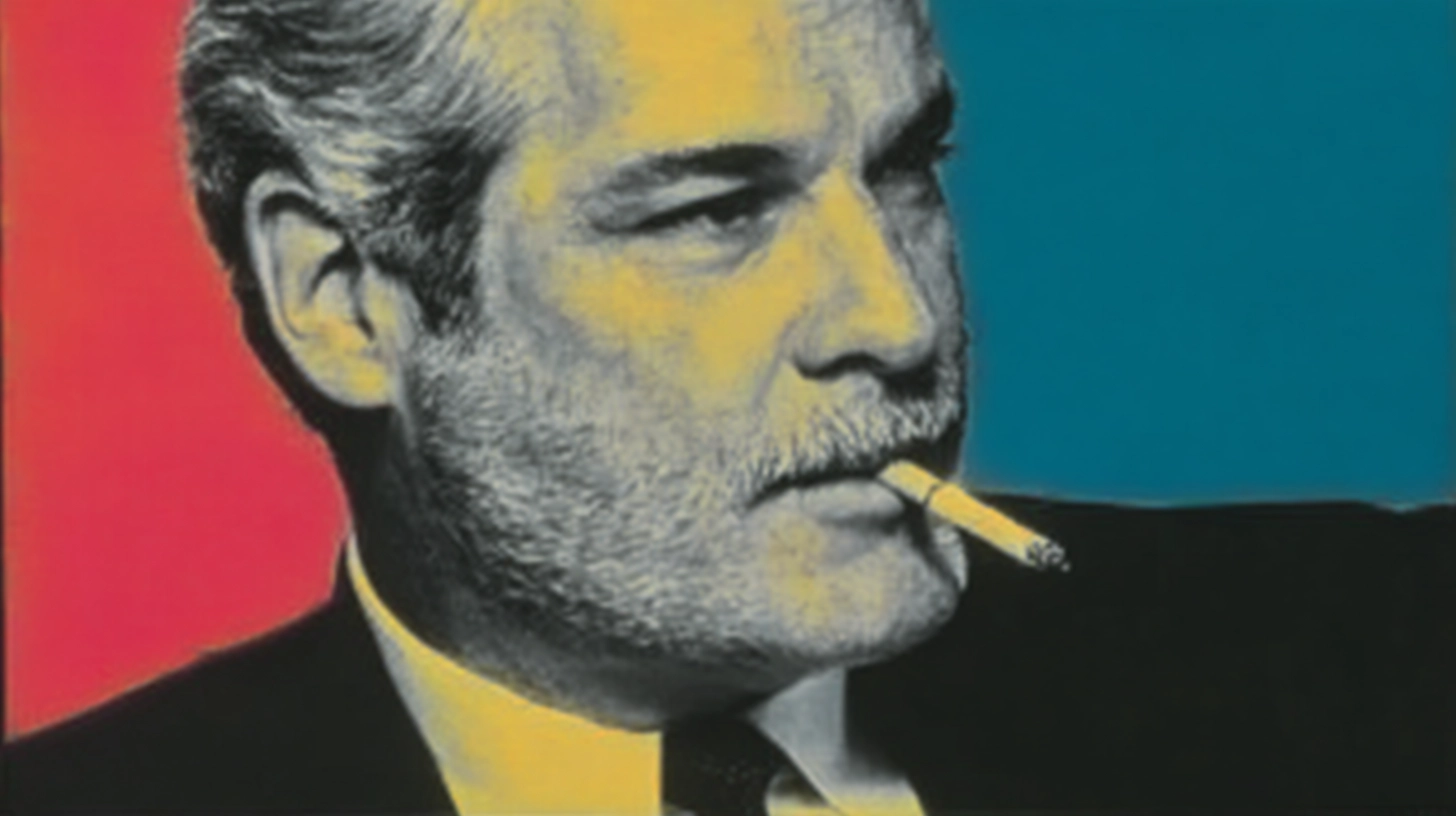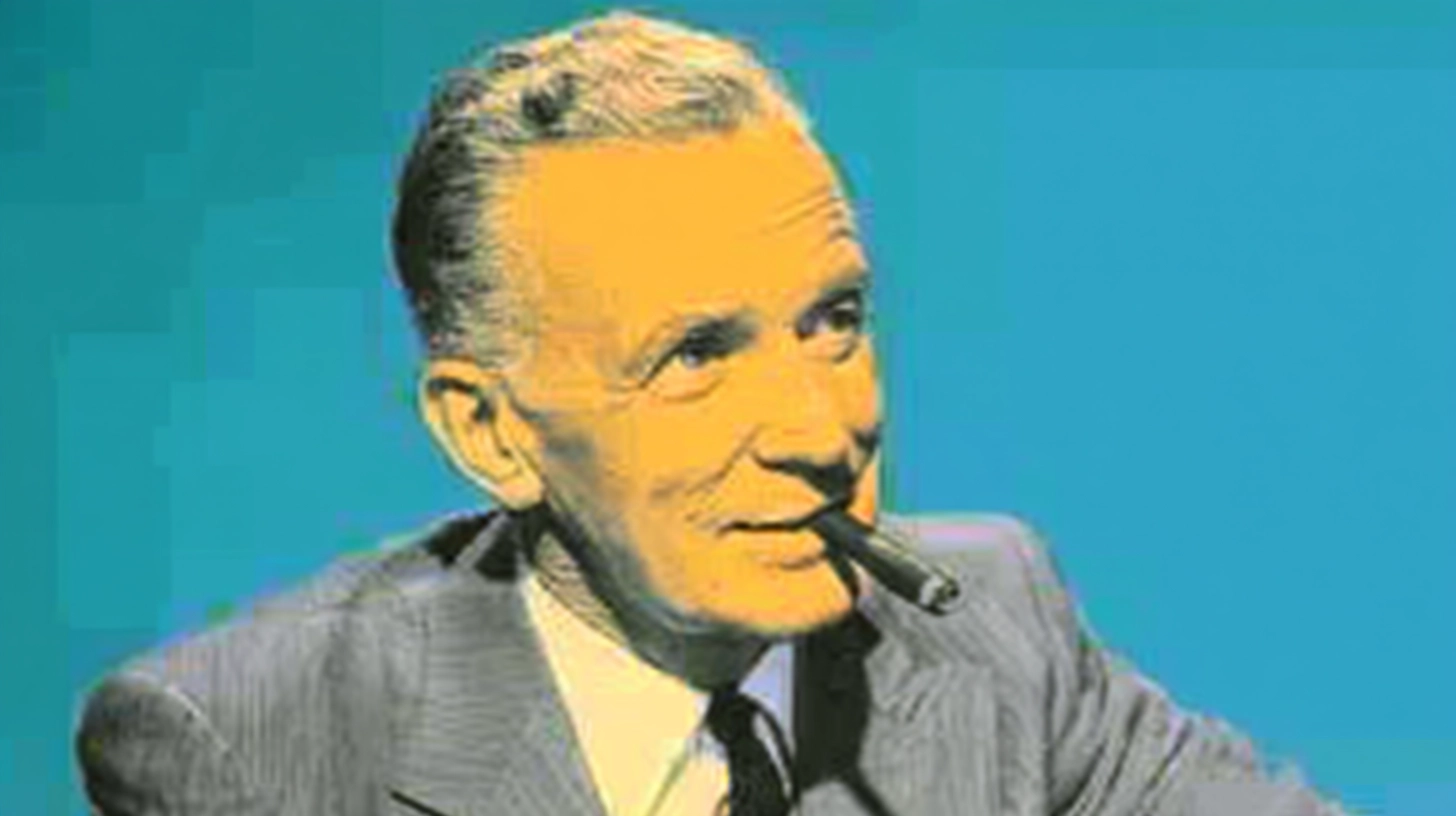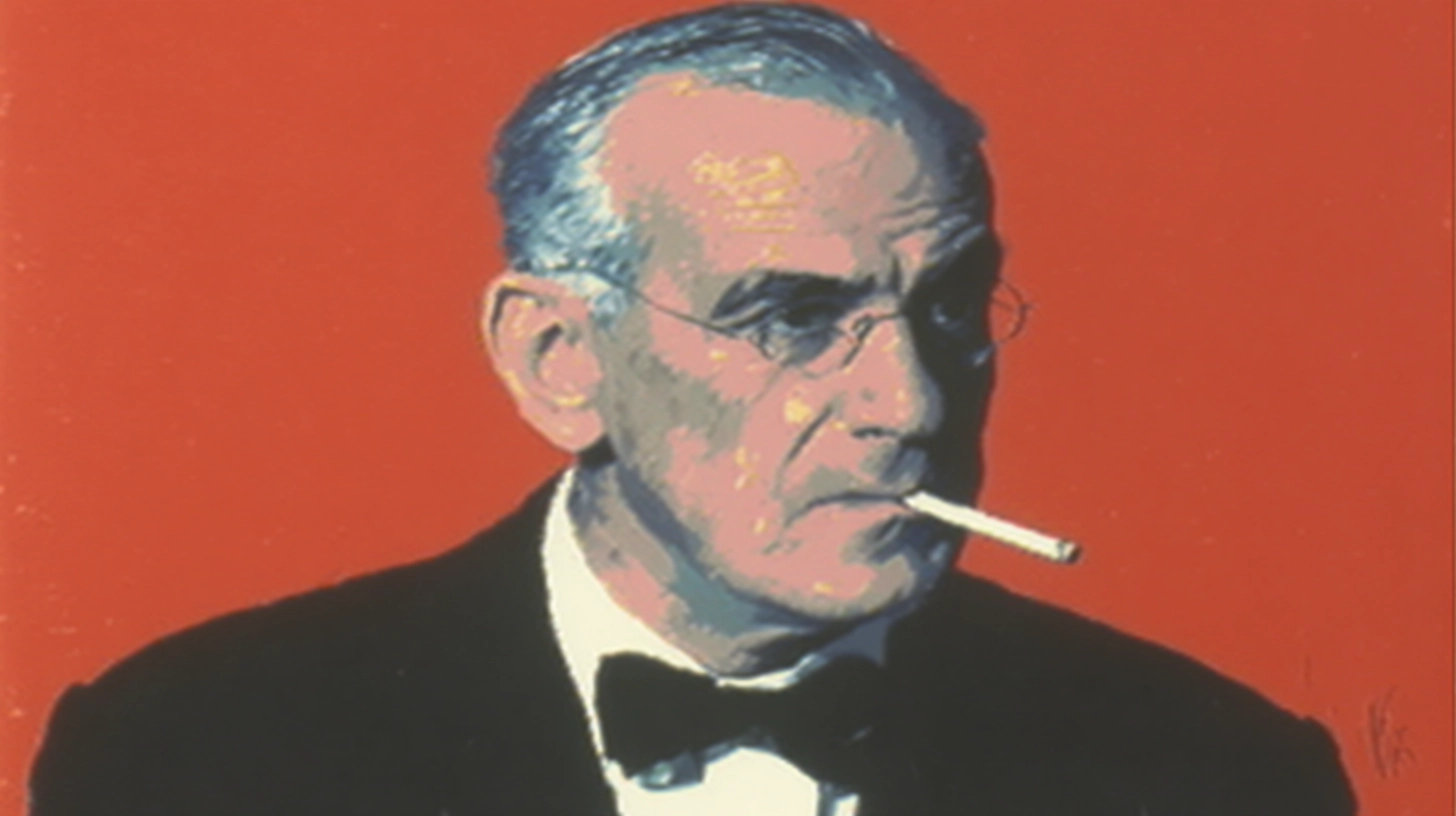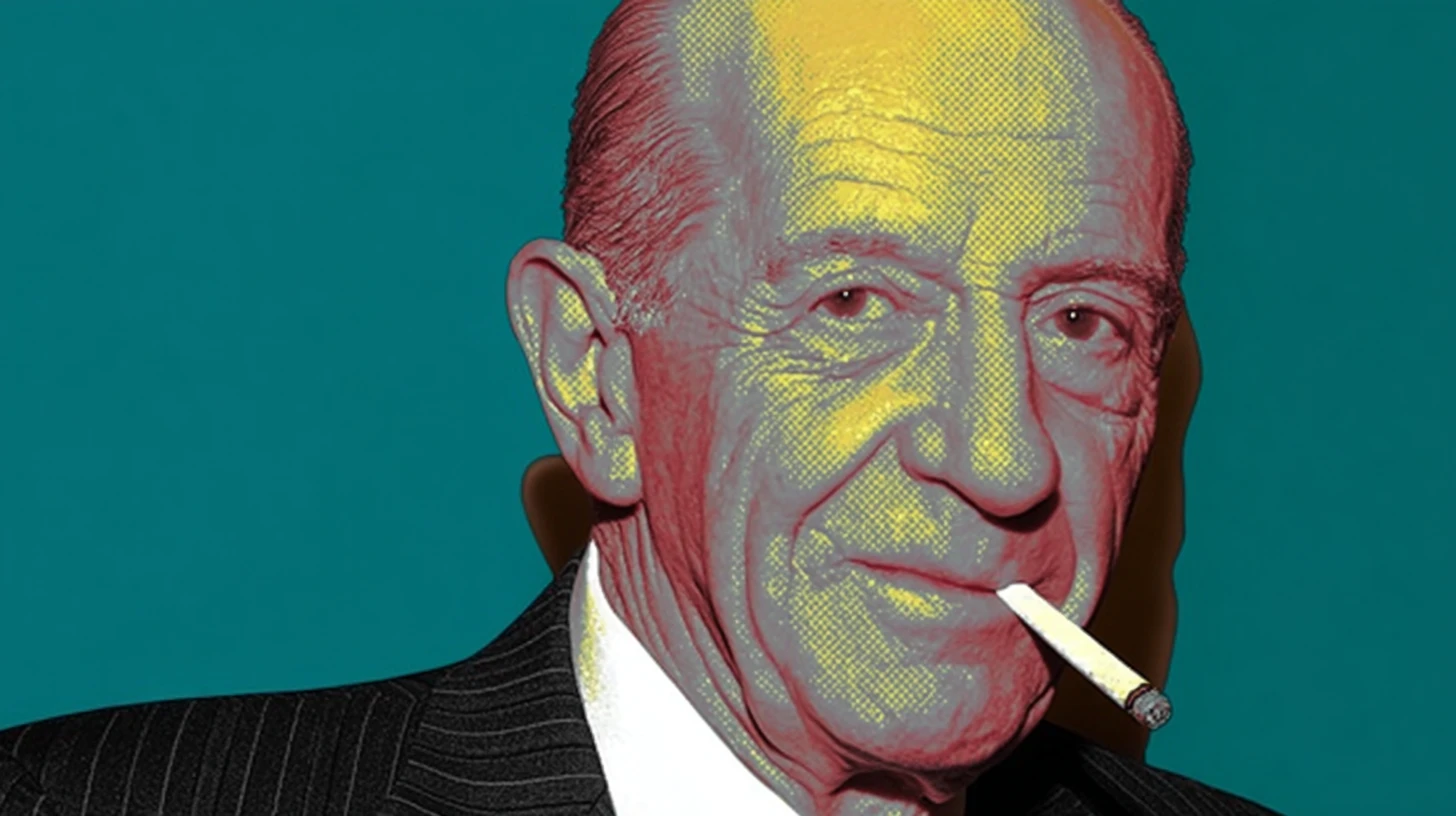.webp)
© History Oasis
The tobacco industry created billionaires who knew their products killed people. These CEOs ran companies that manipulated nicotine, targeted children, and buried evidence of harm. Some testified under oath while chain-smoking. Others retired with millions after settling lawsuits. Here are the executives who built fortunes on addiction and death.

CEO of Liggett Group
Bennett LeBow ran Liggett Group when he made a decision that shocked the tobacco world. In 1996, he became the first CEO to admit cigarettes caused cancer and disease. He then worked with state attorneys general who were suing tobacco companies. Other executives called him "Judas" for breaking ranks. His company paid $750 million in settlements over 25 years. LeBow had built his wealth through computer leasing and real estate before entering tobacco. He still owns Vector Group, Liggett's parent company, and lives in Miami Beach.

Joseph Cullman III took over Philip Morris in 1957 and spent the next 21 years turning a struggling cigarette maker into the world's largest tobacco company. He pushed Marlboro's cowboy advertising, which made the brand the top-selling cigarette globally. In 1971, he appeared on television and claimed smoking during pregnancy might produce smaller babies, then added that "some women would prefer having smaller babies." Cullman collected rare books and eventually donated his 20,000-volume collection to the Smithsonian. He died in 2004 at 92. He never publicly acknowledged smoking's dangers, even though internal Philip Morris documents proved the company knew the risks for decades.

CEO of Philip Morris
Geoffrey Bible led Philip Morris through the 1990s as whistleblowers exposed internal documents. These papers showed the company manipulated nicotine levels and targeted teenagers. In 1997, Bible testified under oath that he wouldn't want his children to smoke. The next year, he oversaw Philip Morris's $206 billion settlement with 46 states. He earned $32 million in his final year as CEO. After the Soviet Union collapsed, Bible pushed Philip Morris aggressively into Eastern Europe and Asia. He was also known to chain-smoke throughout meetings while claiming cigarettes weren't addictive.

R.J. Reynolds
Andrew Schindler ran R.J. Reynolds during massive legal battles in the late 1990s. He created the controversial "Project SCUM" marketing campaign, which targeted homeless people, the mentally ill, and LGBTQ communities. The acronym stood for Sub-Culture Urban Marketing. Company documents revealed R.J. Reynolds tracked "younger adult smokers" as young as 13. Schindler pushed menthol brands hard into the African American market. When RJR settled lawsuits for billions, he received a $3.5 million bonus. He retired in 2000 with a $20 million severance package.

CEO of Reynolds American
Susan Cameron became the first woman to lead a major U.S. tobacco company in 2004. She promoted smokeless tobacco and electronic cigarettes as "harm reduction" tools. Cameron oversaw Reynolds American's $27.4 billion purchase of Lorillard in 2015. She testified before Congress that she wouldn't call cigarettes addictive, preferring to say they were "very hard to quit." Her annual compensation exceeded $20 million. She retired in 2017 after guiding the company through declining cigarette sales by raising prices and cutting costs. She now serves on the boards of several major corporations.

CEO of Brown & Williamson
Murray Bring led Brown & Williamson during the 1980s when the company suppressed research showing cigarettes caused disease. Jeffrey Wigand, an internal scientist, later became a famous whistleblower. He exposed how Bring's added ammonia to cigarettes to boost nicotine absorption. Bring directed heavy marketing of Kool cigarettes to African Americans. He fought warning labels and advertising restrictions. Documents showed he personally approved strategies to discredit scientific studies linking smoking to cancer.